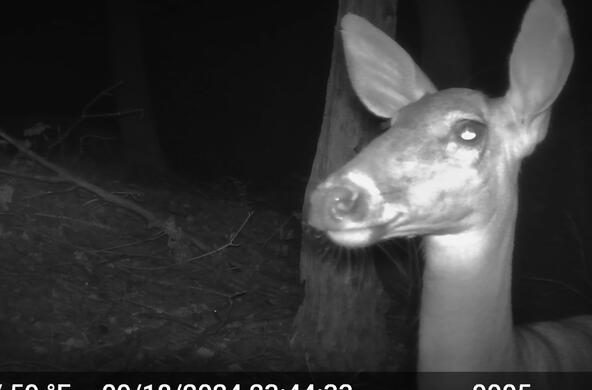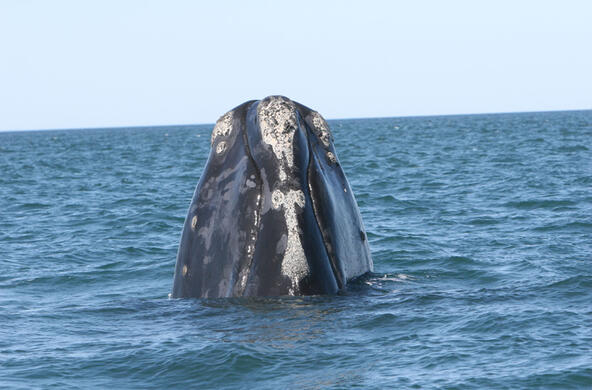If all mankind were to disappear, the world would regenerate back to the rich state of equilibrium that existed ten thousand years ago. If insects were to vanish, the environment would collapse into chaos.
In his delightful book about growing up as a budding young naturalist in Britain, where he discovers joy in nature, Michael McCarthy describes nighttime “snowstorms” of moths that sadly no longer swarm in the local meadowlands. His recollection fits with other amateur reports of diminished populations of fireflies, bees, and butterflies, and the well-known decline of the monarch butterfly population in North America. A new study from Germany now reports a 75 percent decline in total insect numbers in protected areas during the past few decades.
A few minutes in the evening light on our front porch in Maine would convince nearly everyone that there has been no serious decline in the population of mosquitoes. But, the various reports of declining numbers in other insect groups suggest that we should watch their population trends worldwide.
What could cause such a decline? I doubt the recent suggestion that insect decline is due to collisions with automobiles on high-speed roadways. While I have blogged about the environmental impacts of roads—how they fragment and open up natural habitat—I suspect that road death is not involved here. The carnage on windshields can be impressive, but roads cover less than one percent of the landscape, and a car is passing any point on a high-speed roadway only a small fraction of the time.
Loss of available habitat, increased nighttime lighting, and climate change have also been suggested to cause the decline of certain species. The observation that the insects declined in protected areas suggests that the cause is a widespread and not local factor. My suspicion, albeit without scientific proof, is that insect decline is associated with the use of pesticides on farms, golf courses, and suburban yards, from which pesticide residues escape and circulate in nature where they persist at low concentrations that are lethal to many insects.
I suspect that the average citizen is somewhat nonchalant about the potential demise of insects, despite knowing that insects are the sole pollinators of important fruit and nut crops. It is worth noting that the decline in insects coincides with a decline in the bird populations in both Europe and North America, with many of the insectivorous bird species being among the hardest hit. Decline in birds may be due to many factors, but the simultaneous decline of insects and birds needs to be examined for cause and effect.
If low levels of insecticides, many of them endocrine disruptors, are involved, humans are certainly exposed as well, with the potential impacts on the occurrence of cancer, developmental disorders, and low sperm counts, as reported widely during the past few decades.
An evening without fireflies is sad. The implications are enormous.
References
Cameron, S.A. and 6 others. 2011. Patterns of widespread decline in North American bumble bees. Proceedings of the National Academy of Sciences US 108: 662-667.
Dunn, R.R. 2005. Modern insect extinctions, the neglected majority. Conservation Biology 19: 1030-1036.
Goulson, D., E. Nicholls, C. Botias and E.L. Rotheray. 2015. Bee declines driven by combined stress from parasites, pesticides, and lack of flowers. Science 347: doi: 10.1126/science.1255957
Hallmann C.A. and 11 others. 2017. More than 75 percent decline over 27 years in total flying insect biomass in protected areas. PLoS ONE 12: doi.org/10.1371/journal.pone.018580
McCarthy, M. 2015. The Moth Snowstorm. Nature and Joy. New York Review of Books, New York.
Schipper, A. and 19 others. 2016. Contrasting changes in the abundance and diversity of North American bird assemblages from 1971 to 2010. Global Change Biology 22: 3948-3959.
Vilela, C.L.S., J.P. Bassin, and R.S. Peixoto. 2018. Water contamination by endocrine disruptors: Impacts, microbiological aspects and trends for environmental protection. Environmental Pollution 235: 546-559.







